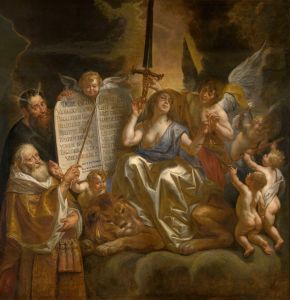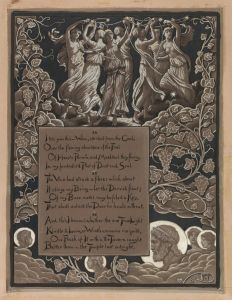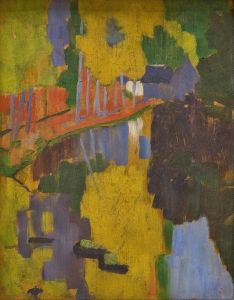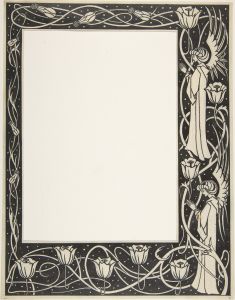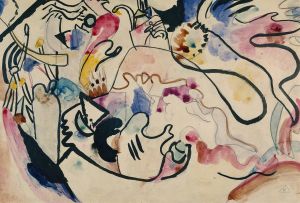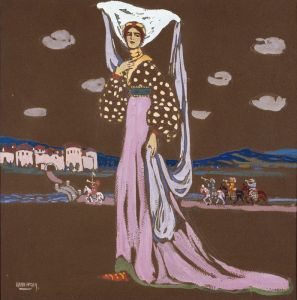
Entwurf zu ‘Allerheiligen II ’
A hand-painted replica of Wassily Kandinsky’s masterpiece Entwurf zu ‘Allerheiligen II ’, meticulously crafted by professional artists to capture the true essence of the original. Each piece is created with museum-quality canvas and rare mineral pigments, carefully painted by experienced artists with delicate brushstrokes and rich, layered colors to perfectly recreate the texture of the original artwork. Unlike machine-printed reproductions, this hand-painted version brings the painting to life, infused with the artist’s emotions and skill in every stroke. Whether for personal collection or home decoration, it instantly elevates the artistic atmosphere of any space.
Wassily Kandinsky, a pioneer of abstract art, created "Entwurf zu ‘Allerheiligen II’" (translated as "Sketch for ‘All Saints II’") as part of his exploration of spiritual and emotional expression through non-representational forms. This work is a preparatory sketch for a larger composition, reflecting Kandinsky's interest in the synthesis of art, music, and spirituality. The title "Allerheiligen" (All Saints) suggests a connection to religious or spiritual themes, which were central to Kandinsky's artistic philosophy.
Kandinsky believed that art had the power to evoke profound spiritual experiences, and his works often sought to transcend the material world. By the time he created this sketch, Kandinsky had already begun to move away from representational art, focusing instead on abstract forms, colors, and compositions that conveyed inner emotions and universal truths. His theoretical writings, particularly his seminal book Concerning the Spiritual in Art (1911), provide insight into his artistic intentions during this period.
"Entwurf zu ‘Allerheiligen II’" is characterized by its dynamic arrangement of shapes and lines, which seem to pulsate with energy. The sketch likely served as a preliminary study, allowing Kandinsky to experiment with compositional elements before finalizing the larger piece. The use of abstraction in this work aligns with Kandinsky's belief that art should not merely imitate the visible world but should instead express the artist's inner vision.
The exact date of the sketch is not definitively documented, but it is generally associated with Kandinsky's early abstract period, which began around 1910. During this time, Kandinsky was deeply influenced by music, particularly the compositions of Arnold Schoenberg, and sought to create a visual language that paralleled the emotional and structural complexity of music.
The original sketch is held in a private collection or museum, though specific details about its current location are not widely available. As with many of Kandinsky's works, "Entwurf zu ‘Allerheiligen II’" demonstrates his innovative approach to art and his commitment to exploring the spiritual dimensions of human experience.
This sketch is a testament to Kandinsky's role as a trailblazer in the development of abstract art, and it continues to be studied and admired for its contribution to the evolution of modern art.





